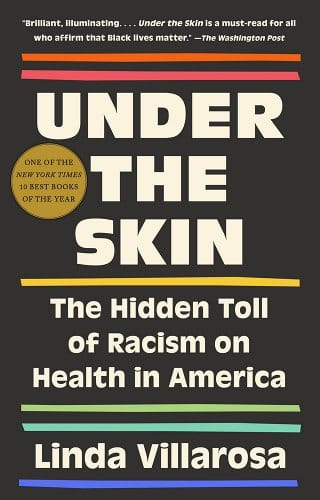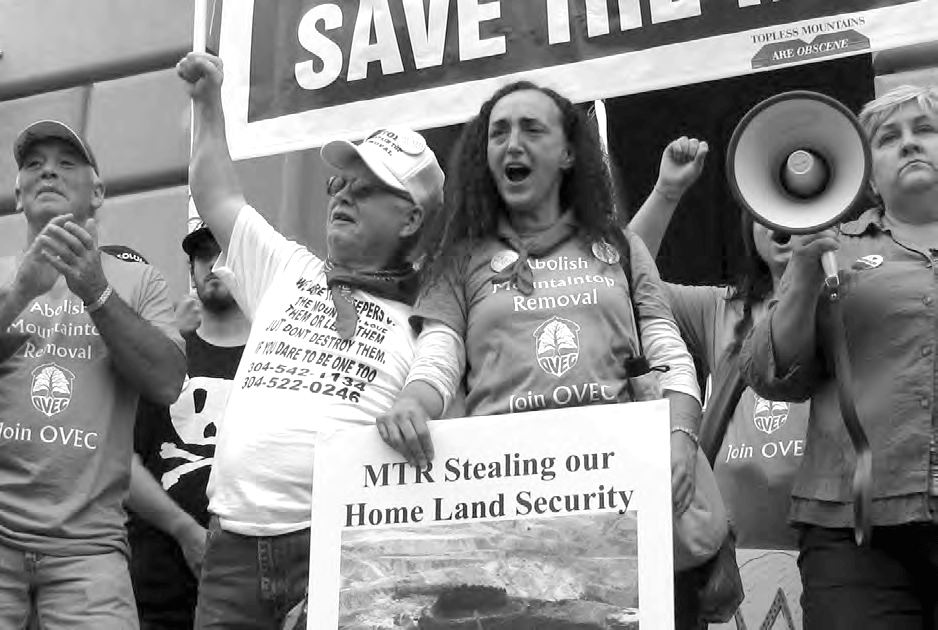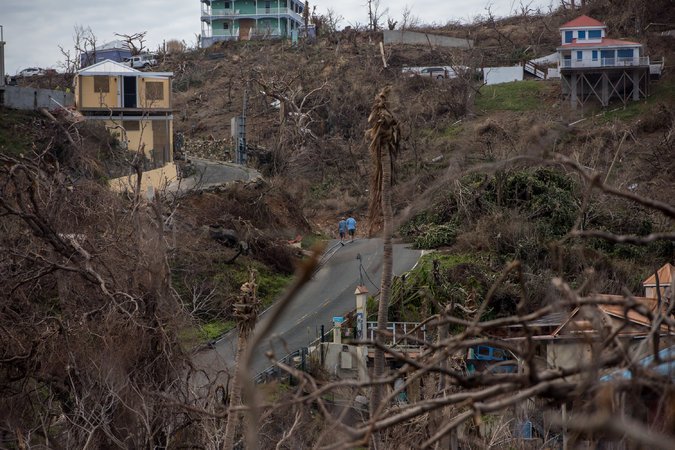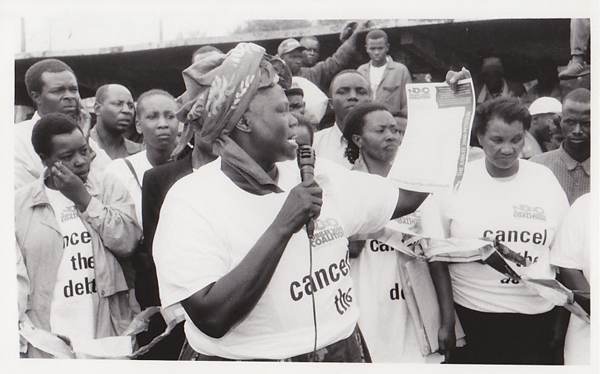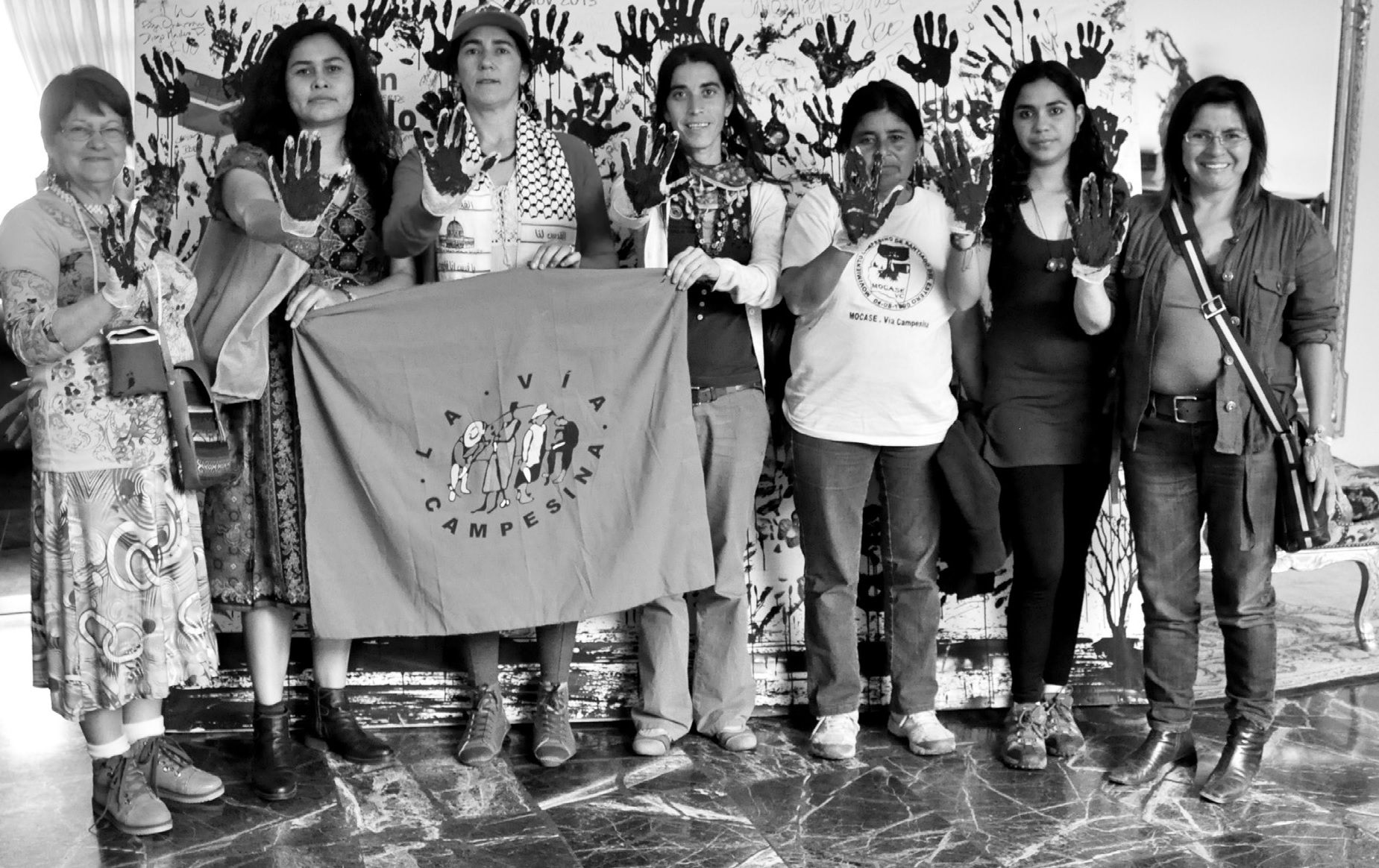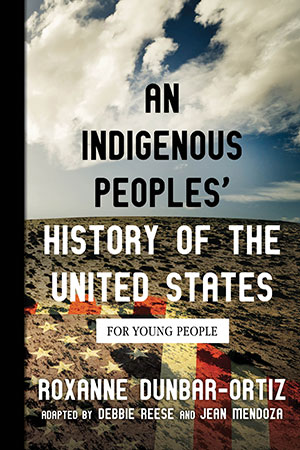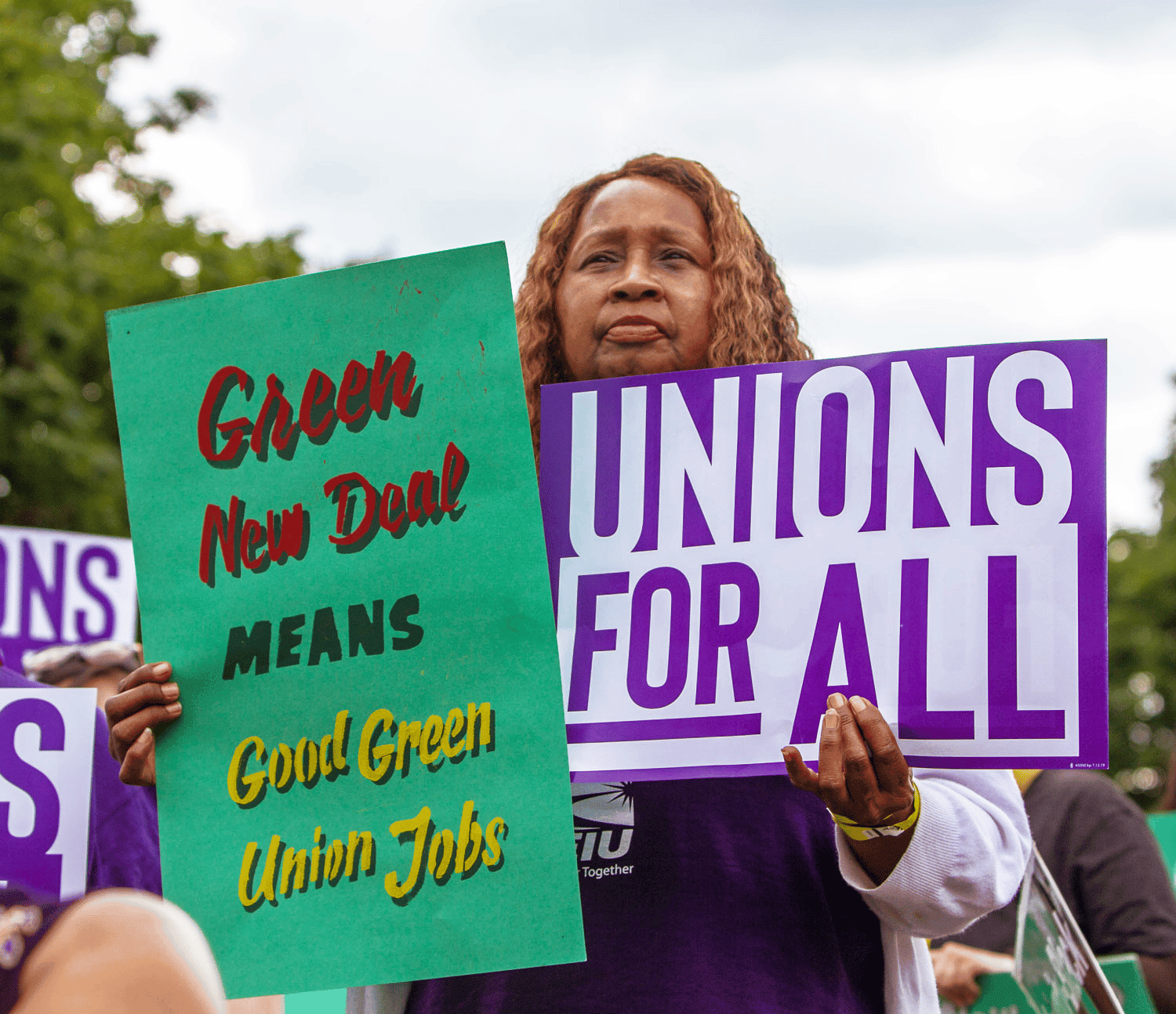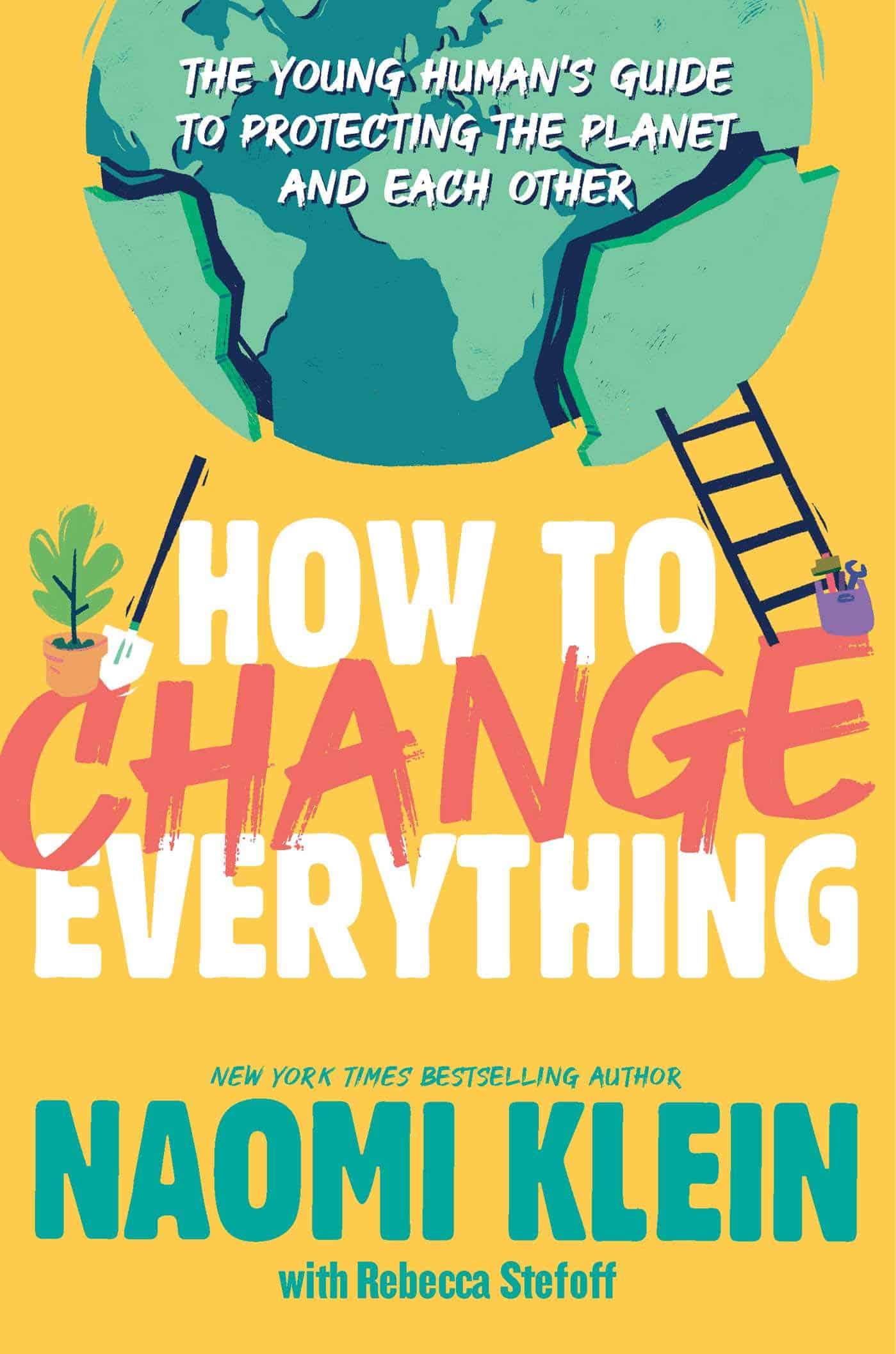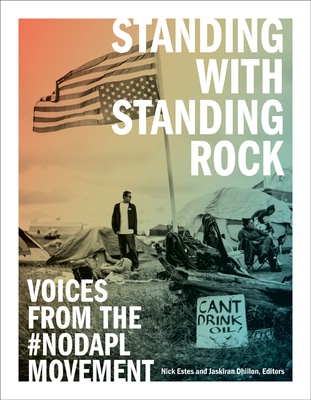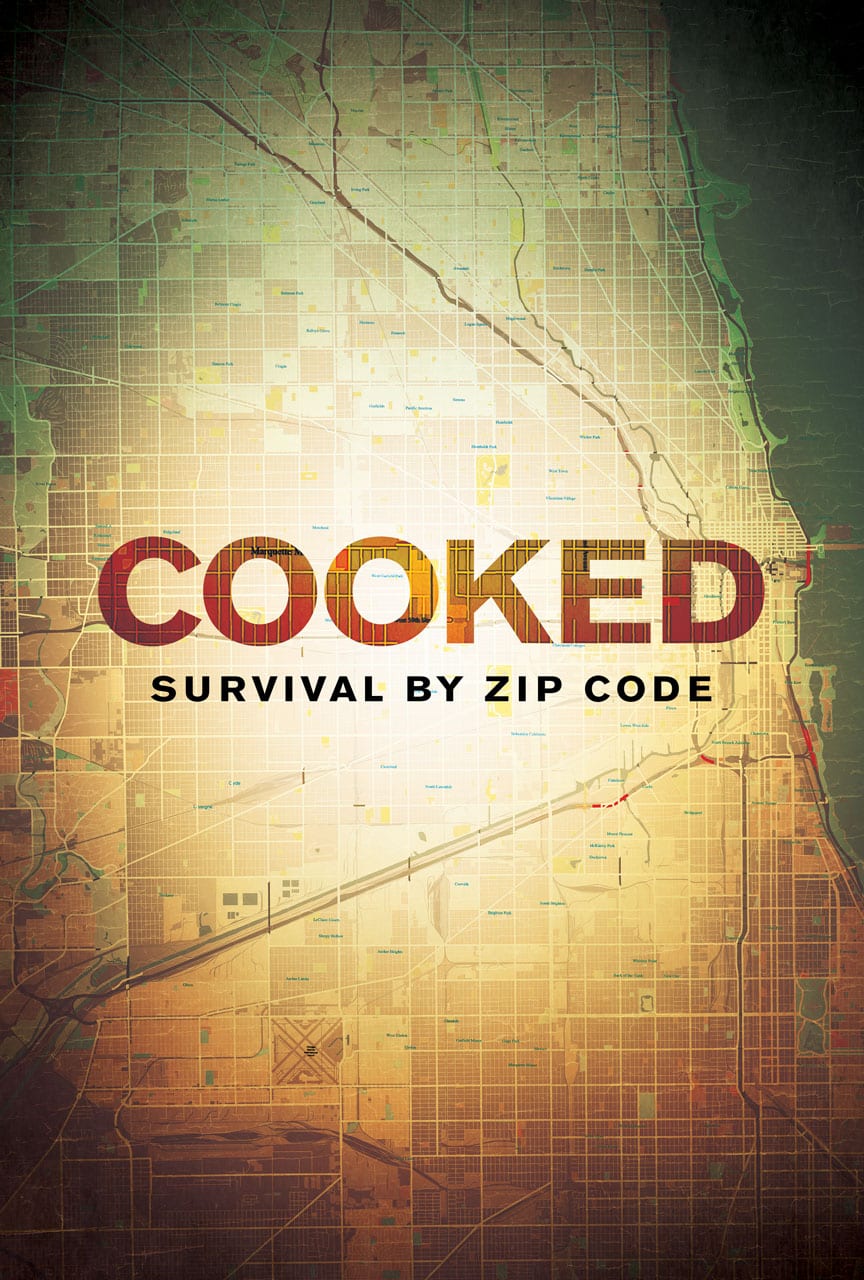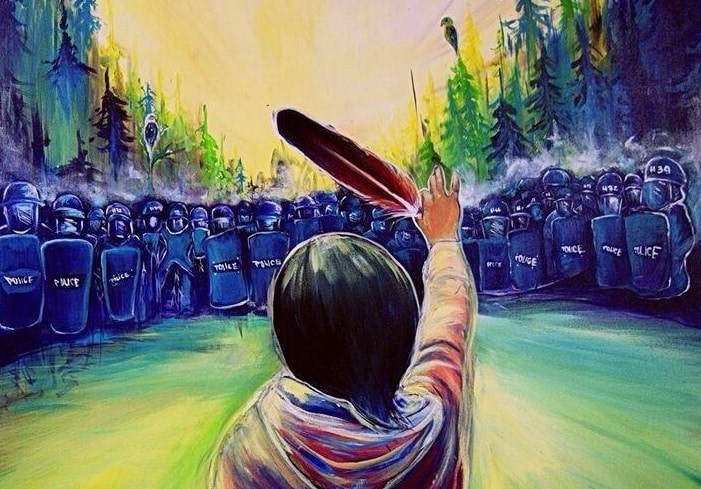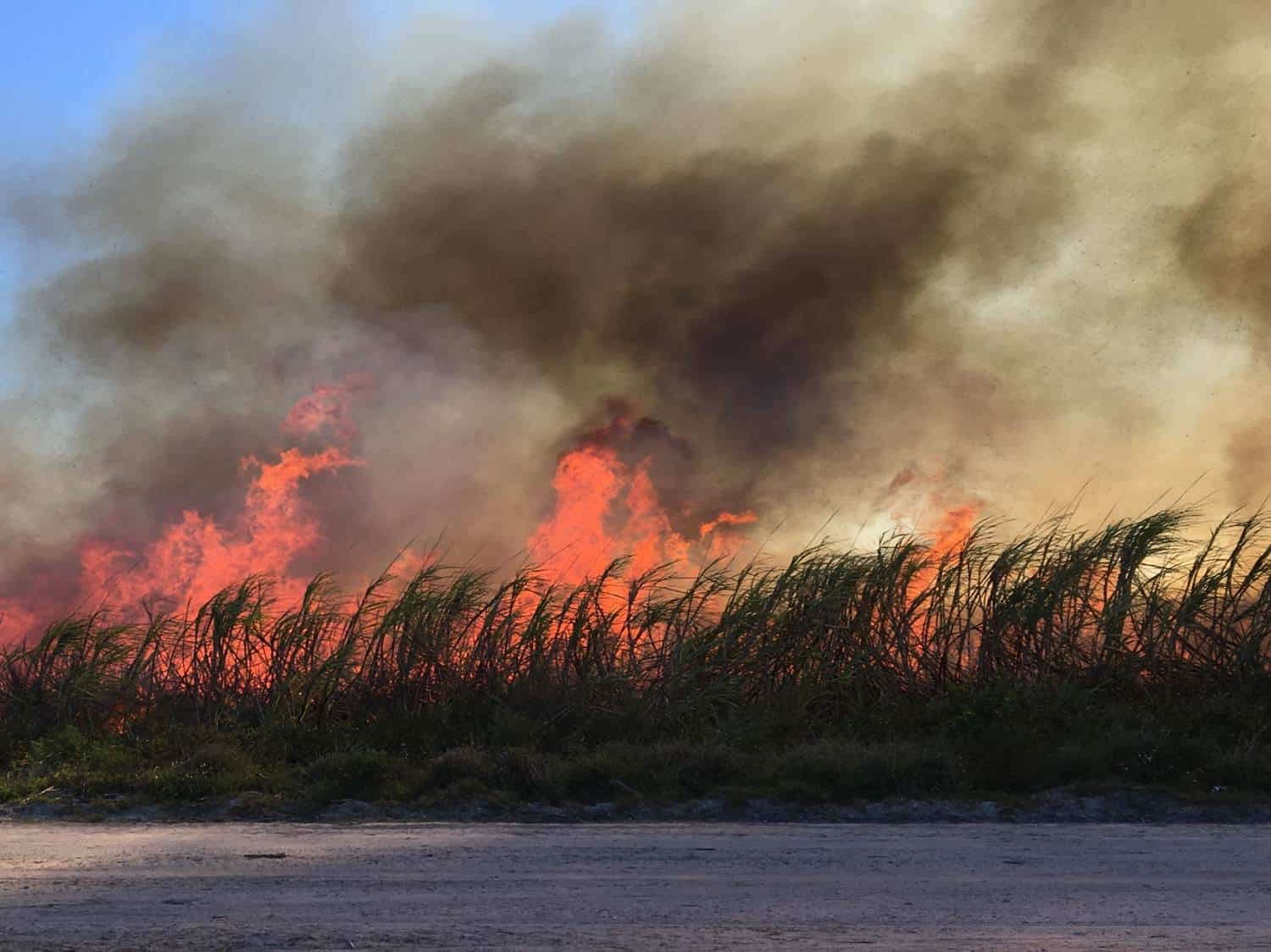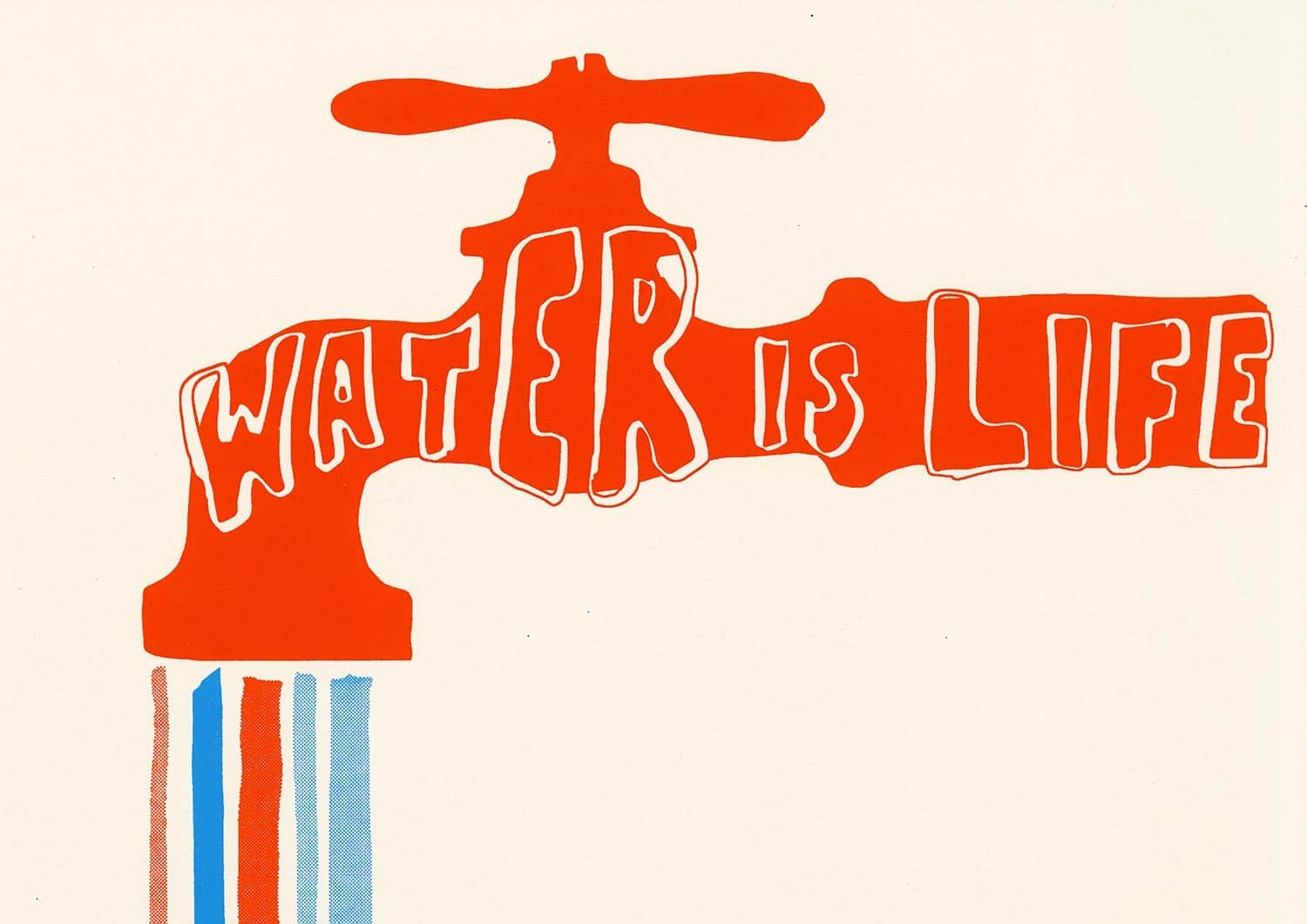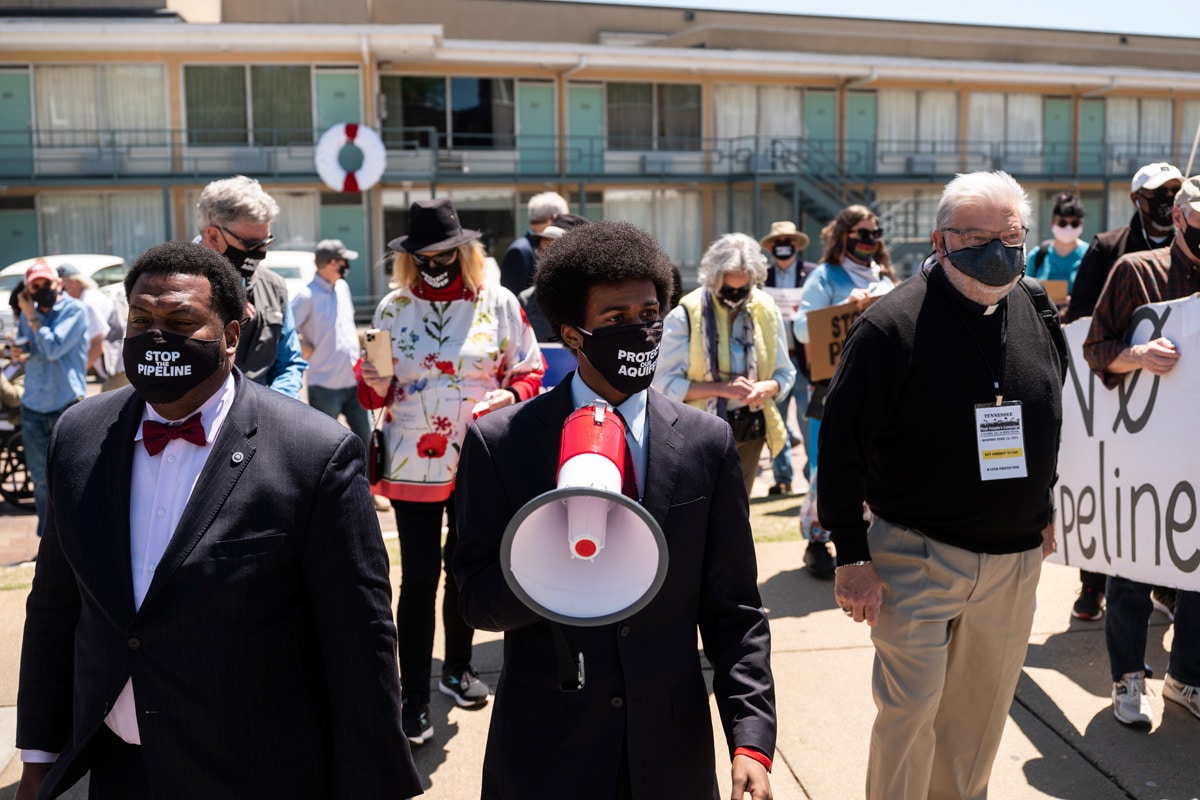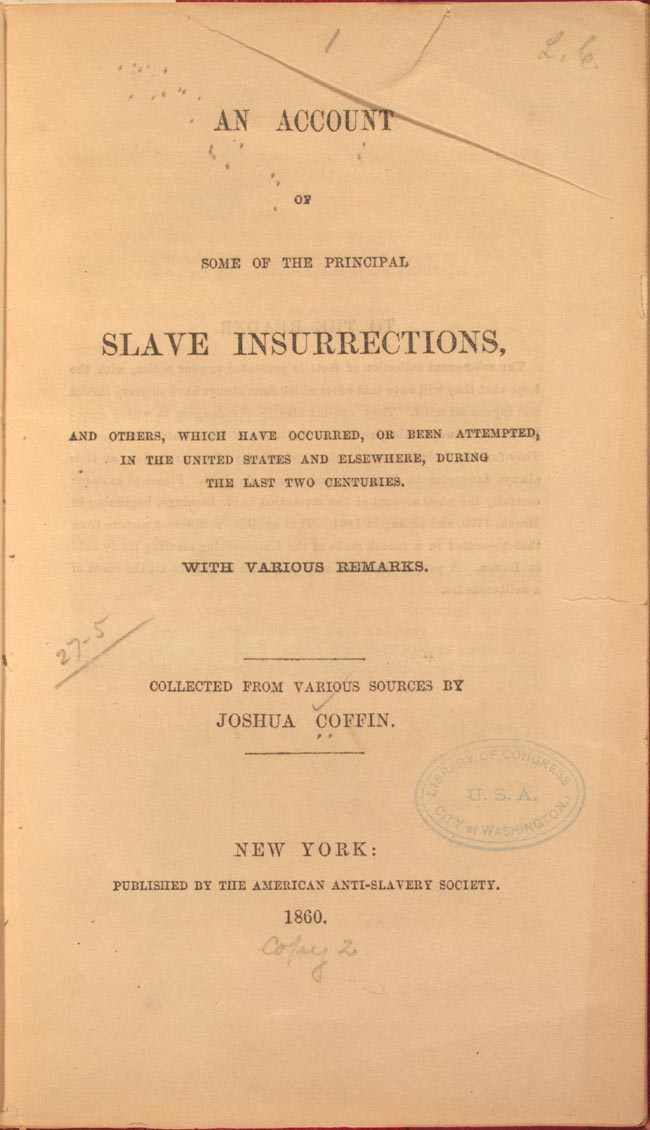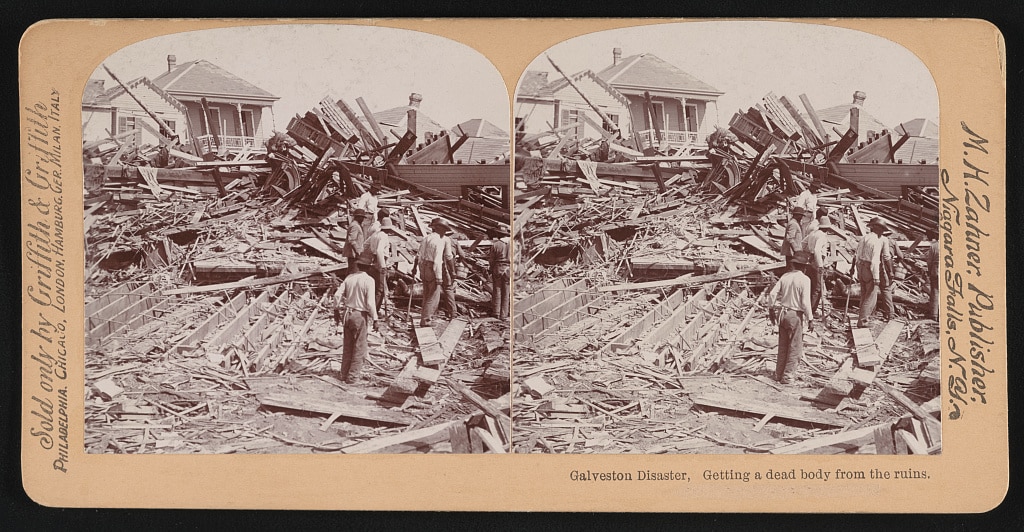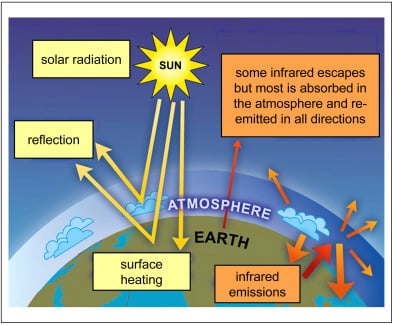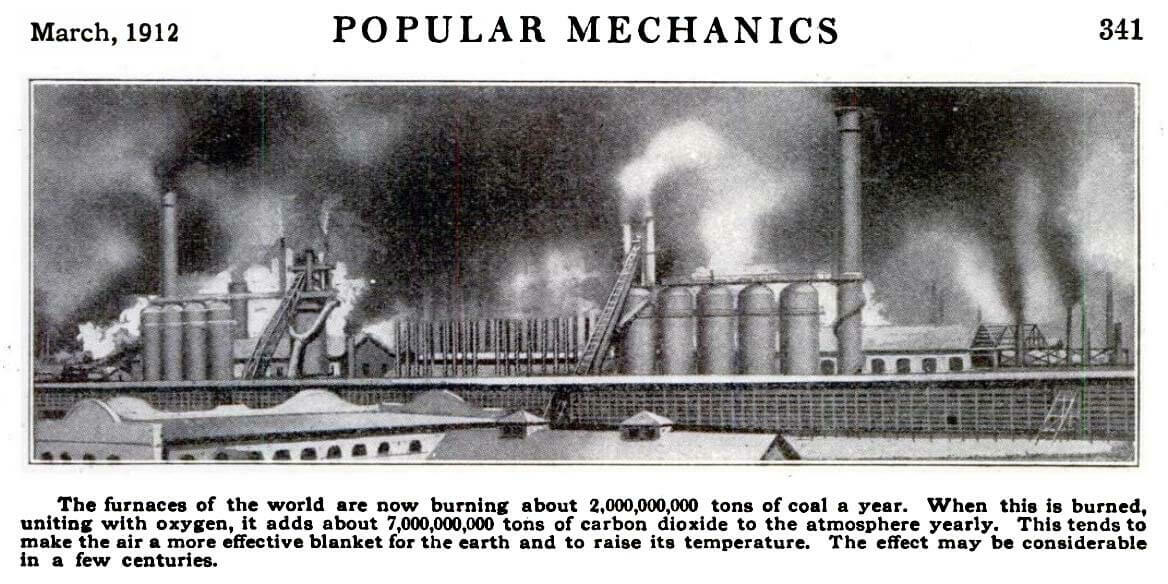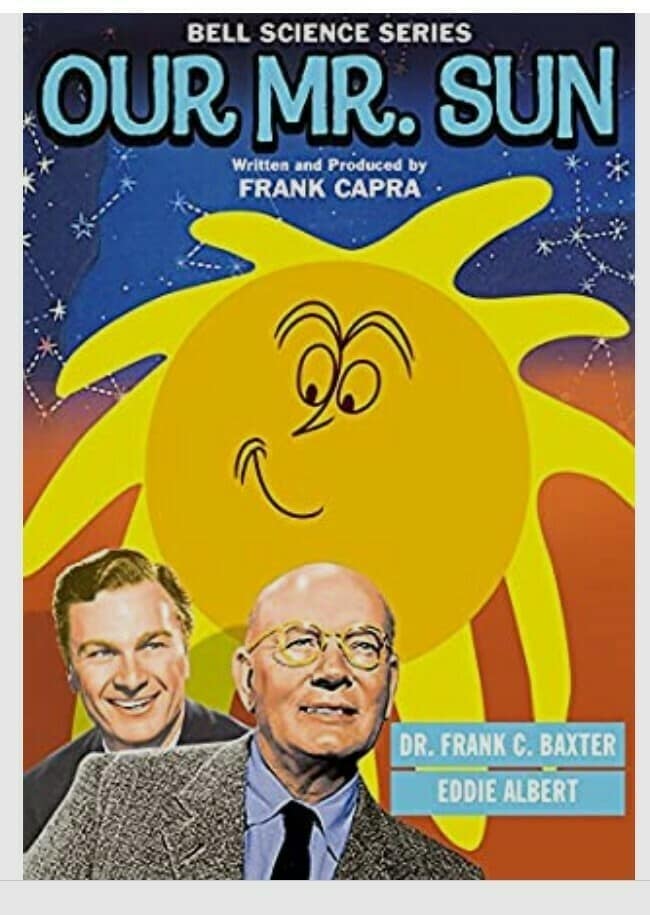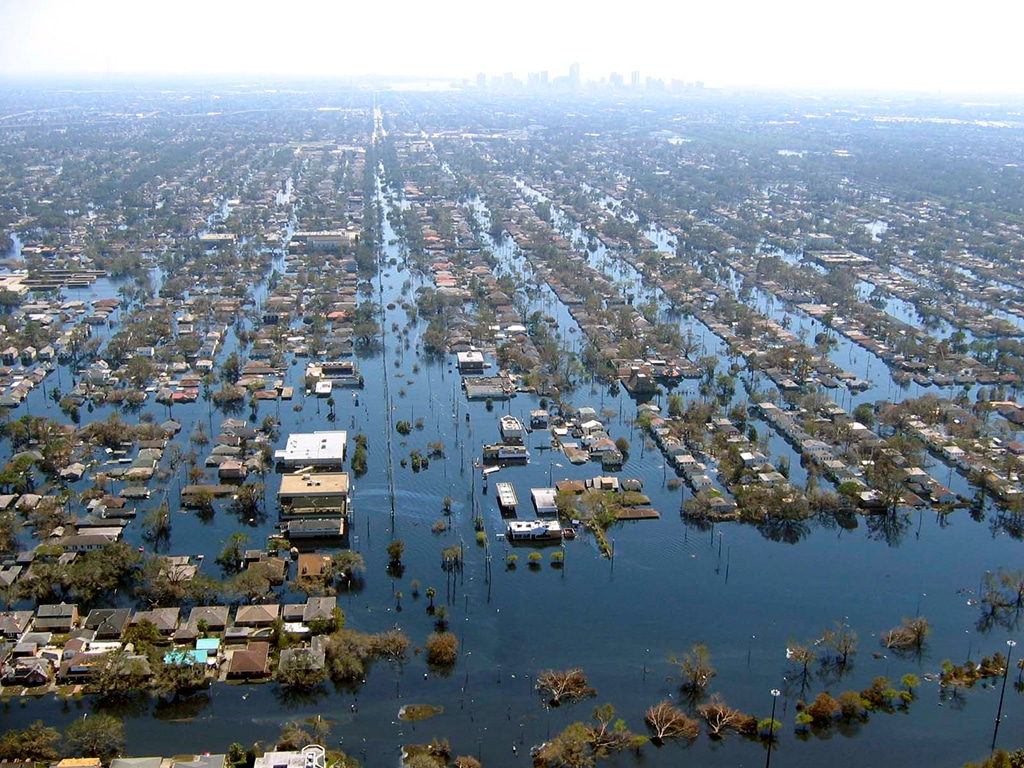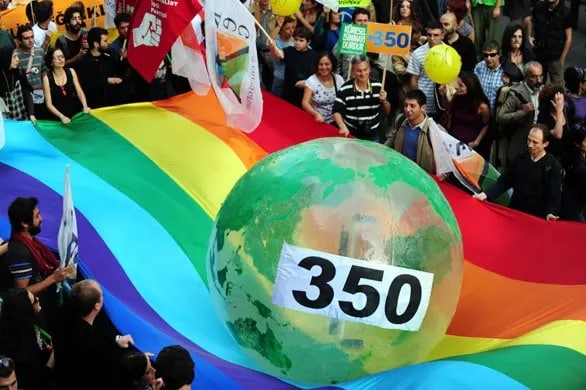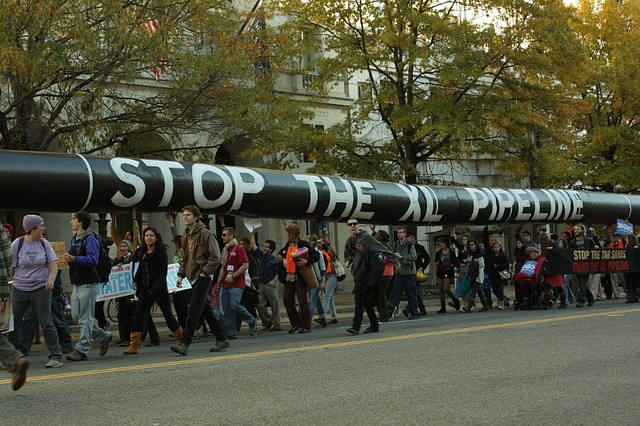Book — Non-fiction. By Linda Villarosa. 2023. 288 pages.
This book details racial health disparities in the United States.
Teaching Activity by Linda Villarosa
Continue reading
Teaching Activity. By Bill Bigelow. Rethinking Schools. 15 pages.
Using chocolate chip cookie "mining," this lively activity takes a critical look at how the coal industry teaches the impact of coal mining.
Continue reading
Profile.
Overview and related resources about Honduran environmental activist Berta Cáceres.
Continue reading
The Virgin Islands were hit by Hurricane Irma. Also, on #tdih in 1928, Hurricane Okeechobee formed and hit Puerto Rico and Florida soon in mid-September.
Continue reading
Wangari Maathai was awarded the Nobel Peace Prize for her work on the environment and founded the Greenbelt Movement.
Continue reading
Teaching Activity. By Bill Bigelow, Chris Buehler, Julie Treick O'Neill, and Tim Swinehart. Rethinking Schools.
This role play invites students to take on identities of La Vía Campesina activists around the world, to compare/contrast circumstances in order to discover the common goal of “food sovereignty.”
Continue reading
Book — Non-fiction. By Roxanne Dunbar-Ortiz; adapted by Debbie Reese and Jean Mendoza. 2019. 244 pages.
The original academic text is fully adapted by renowned curriculum experts Debbie Reese and Jean Mendoza, for middle-grade and young adult readers.
Continue reading
Teaching Activity. By Suzanna Kassouf, Matt Reed, Tim Swinehart, Ursula Wolfe-Rocca, and Bill Bigelow.
The stories of twenty people whose lives were touched by the New Deal of the 1930s come to life in this classroom activity, intended to open students' minds to the possibilities of a Green New Deal.
Continue reading
Book — Non-fiction. By Naomi Klein and Rebecca Stefoff. 2021.
Young leaders are showing the world that this moment of increasingly dangerous climate change is also a moment of great opportunity — an opportunity to change everything for the better.
Continue reading
Book — Non-fiction. Edited by Nick Estes and Jaskiran Dhillon. 2019. 448 pages.
Through poetry and prose, essays, photography, interviews, and polemical interventions, the contributors, including leaders of the Standing Rock movement, reflect on Indigenous history and politics and on the movement's significance.
Teaching Activity by Nick Estes (editor)
Continue reading
Film. Directed by Judith Helfand. 2020. 54 minutes.
This documentary focuses on Chicago’s heat wave to look at how a weeklong tragedy is really a story about the “slow-motion disaster” caused by race and class inequality.
Continue reading
A coalition of groups set up a series of road blockades preventing gas exploration in New Brunswick, Canada.
Continue reading
The Sierra Club launched the Stop Sugar Field Burning Campaign to bring an end to the practice of sugarcane field burning which is harmful to the environmental and the health of local residents.
Continue reading
Teaching Activity. By Matt Reed and Ursula Wolfe-Rocca. Rethinking Schools.
A mixer activity, inspired by the 2016 Democracy Now! documentary Thirsty for Democracy, introduces students to the struggle of residents to access safe water for drinking, cooking, and bathing in the majority-Black cities of Flint, Michigan; Jackson, Mississippi; and Newark, New Jersey.
Continue reading
Due to overwhelming opposition from activists and community members, construction of the Byhalia Connection oil pipeline in greater Memphis, Tennessee was canceled by its developers, Plains All American Pipeline.
Continue reading
Enslaved people on a Santo Domingo sugar plantation owned by the son of Christopher Columbus attempted to free themselves and take over the land in the earliest recorded slave uprising in the Americas.
Continue reading
U.S. scientist and women’s rights activist Eunice Newton Foote confirmed Fourier’s theory that atmospheric gases like carbon dioxide trap heat in the atmosphere, a phenomenon that would come to be known as the “greenhouse effect.”
Continue reading
An unexpected hurricane crashed into the Gulf Coast and devastated Galveston, Texas, leaving thousands of people dead and even more left houseless. The storm’s turmoil and destruction allowed white terror and fraud to flourish.
Continue reading
Swedish chemist Svante Arrhenius calculated that burning fossil fuels (coal) will, over time, lead to a hotter Earth. His findings led the way for the emergence of modern climate science and a better understanding of the greenhouse effect.
Continue reading
Francis Molina published an article in New York’s Popular Mechanics on March 1, 1912, which was then republished in New Zealand and other papers around the globe, becoming one of the first news items to directly connect increased coal burning, increased CO2 emissions, and increasing temperatures of the earth.
Continue reading
The popular, educational Bell Laboratories Science series aired a new chapter in the series on prime-time television which warned that CO₂ emissions from fossil fuel use could warm the earth to a degree that melts the polar ice caps and creates a catastrophic rise in sea levels.
Continue reading
In September 2005, Hurricane Katrina, the third deadliest storm in U.S. history, took a disproportionate toll on the Gulf Coast’s Black residents. The impact of Katrina is still felt today for Gulf Coast residents.
Continue reading
In the lead-up to an international conference on climate change in Copenhagen, climate activists organized a “day of action,” where millions of people gathered at thousands of events all over the world, demanding that governments and corporations work to slash CO2 emissions and enforce environmental protections.
Continue reading
Tens of thousands of people rallied outside the White House in opposition to the Keystone XL project.
Continue reading

